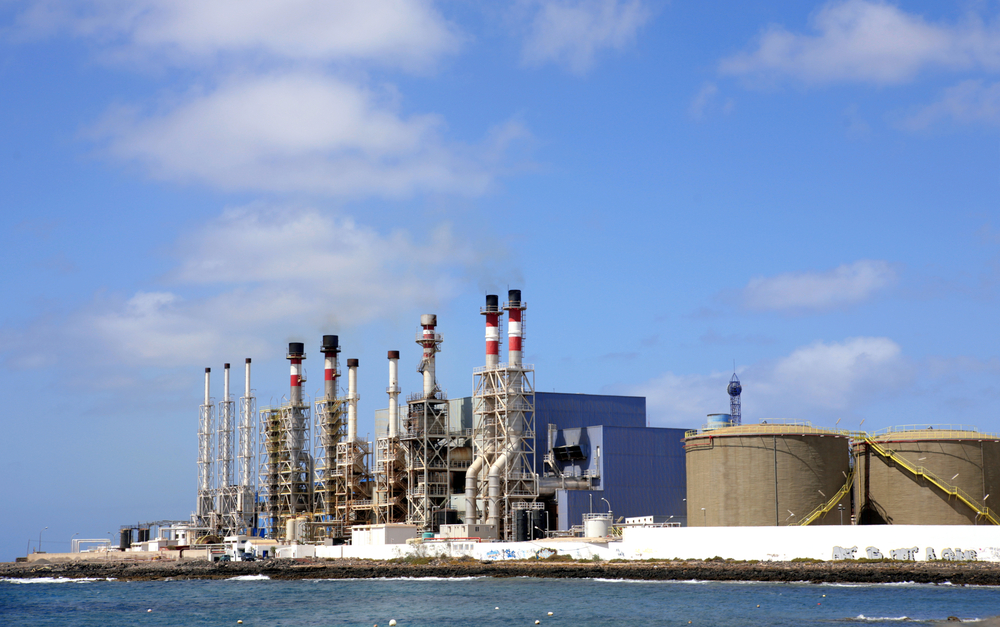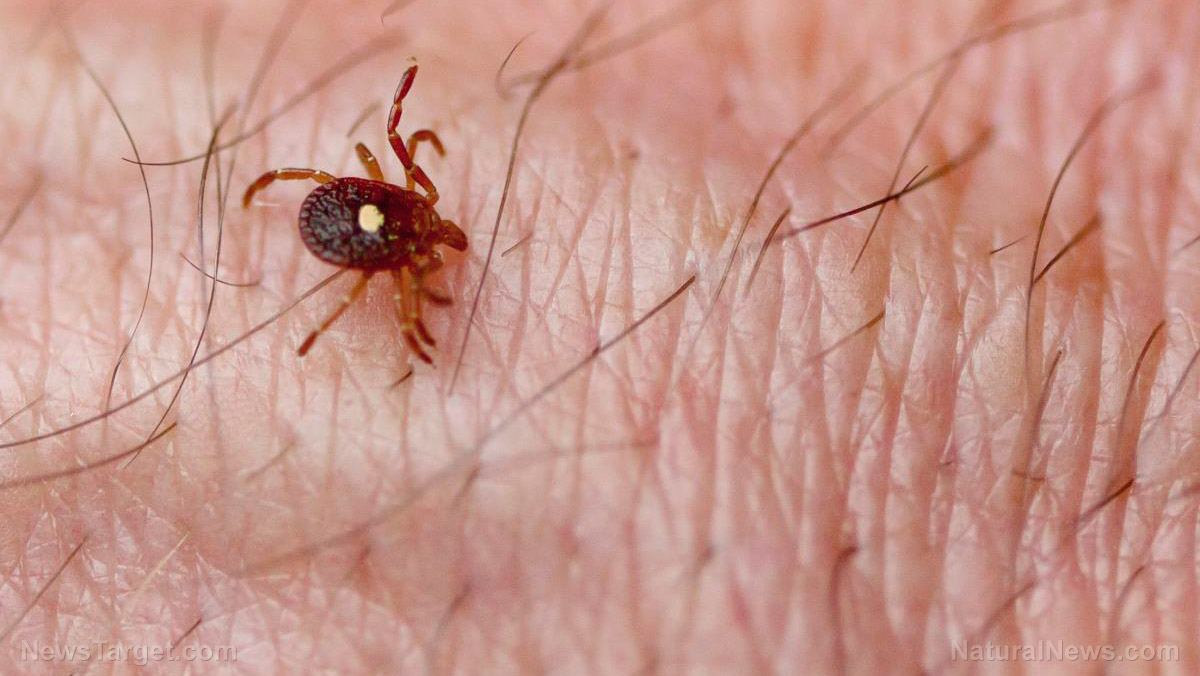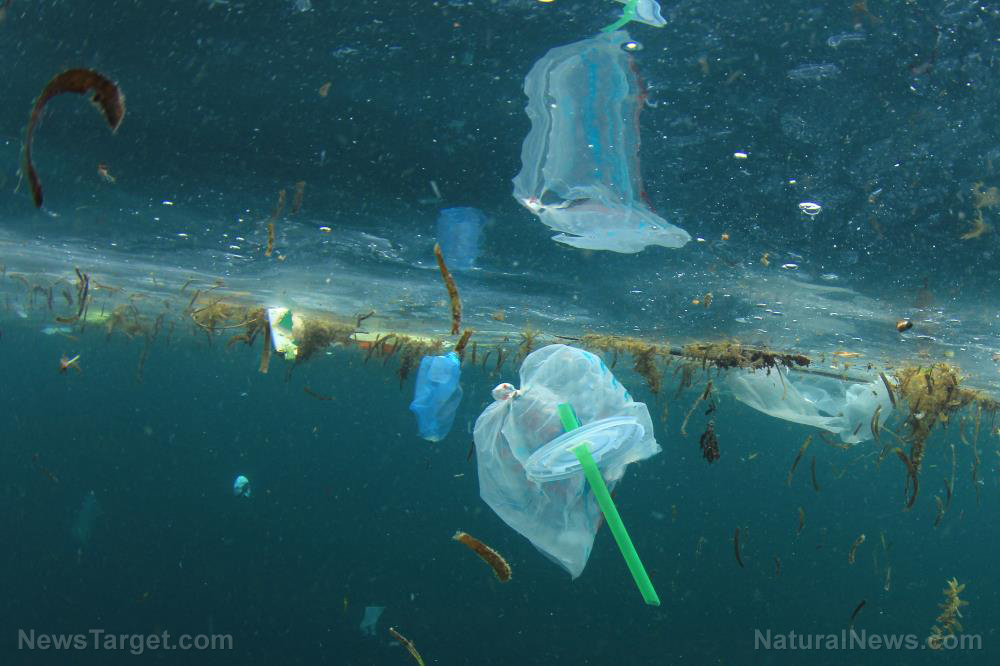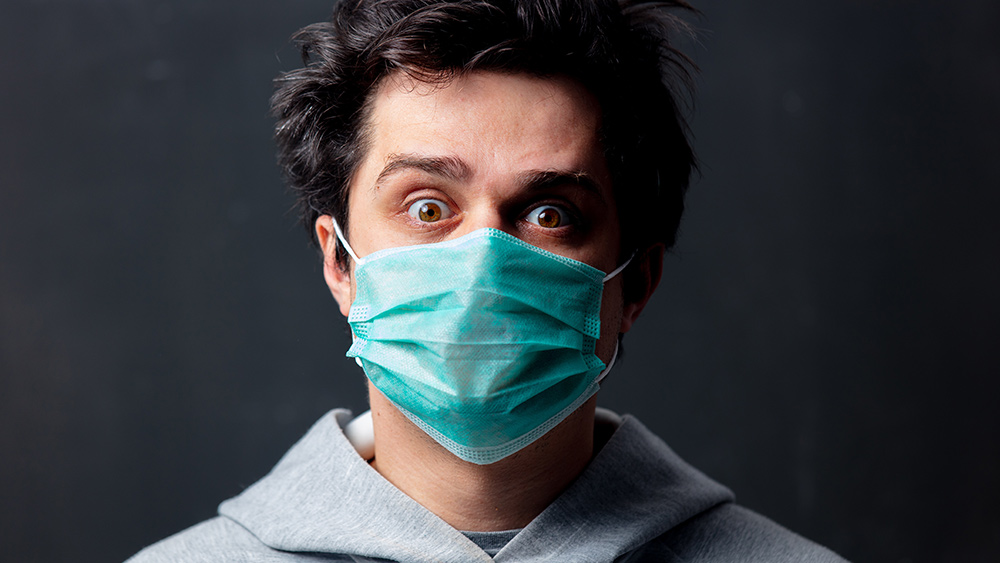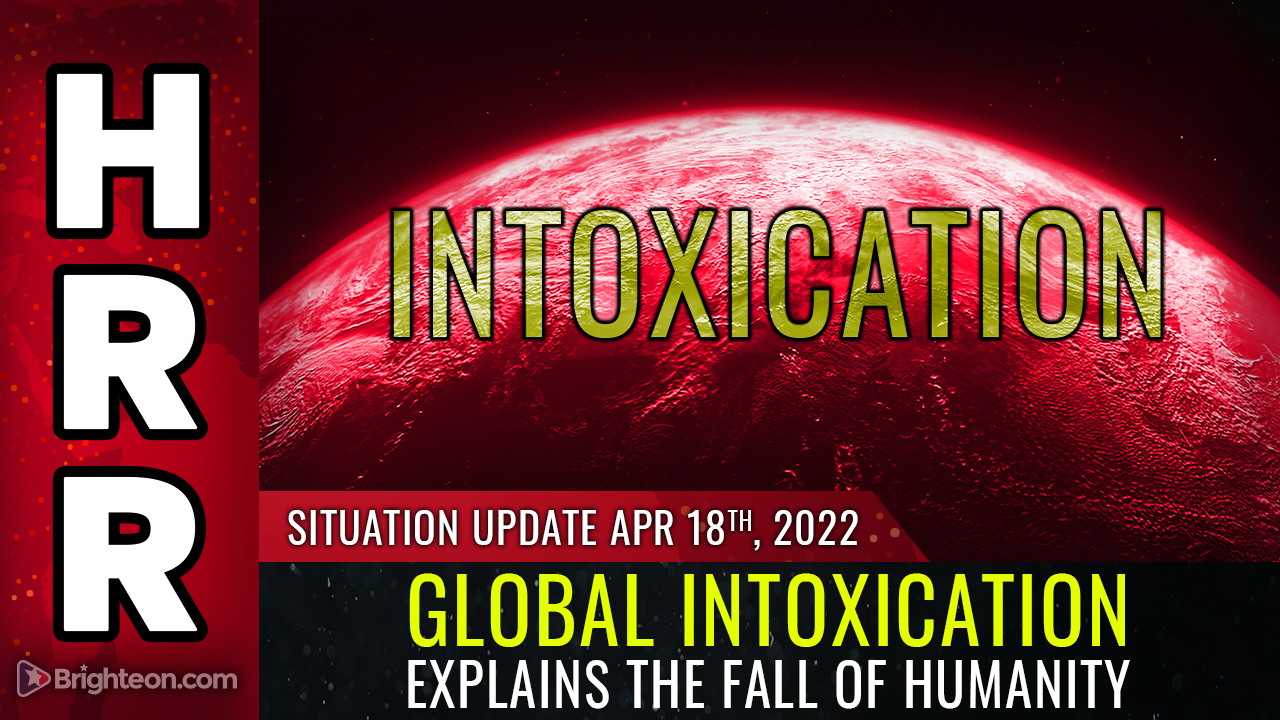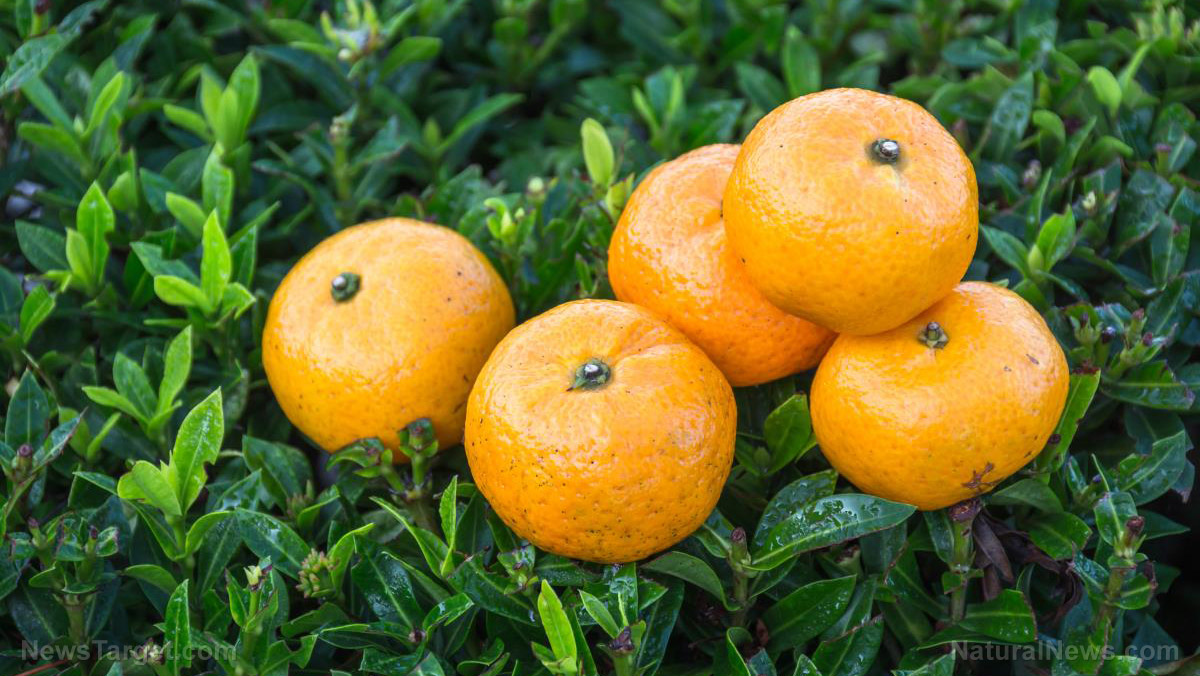Car tires a major source of microplastics in California coastal waters, warn scientists
10/05/2020 / By Virgilio Marin

A recent study found that the tires of cars, trucks and other vehicles may be shedding rubber particles that eventually get washed away by stormwater, contributing to trillions of pieces of microplastic particles in California’s coastal waters.
An international group of researchers made an inventory of microplastic sources to identify all the ways these plastic pollutants are getting into the San Francisco Bay. They found that seven trillion pieces of microplastics get washed away by stormwater alone every year, which is 300 times greater than what comes from all wastewater treatment plants feeding into the Bay.
What’s more, nearly half of the field samples are black fragments with a distinctive rubbery texture. Tire wear is a strong candidate for where these fragments came from, said the team.
The study was jointly conducted by researchers from the San Francisco Estuary Institute (SFEI) and the 5 Gyres Institute, a nonprofit research group committed to reducing plastic pollution, as well as researchers from the University of California, Davis and the University of Toronto.
Driving may pollute the oceans too
Microplastics, commonly defined as plastic particles smaller than five millimeters, are classified into five general shape categories: fibers, such as textiles and cigarette filters; jagged fragments from larger plastic debris; pellet-like foam, such as microbeads; and “film,” such as broken down plastic bags and wraps. Rubber is also considered plastic, both natural and synthetic.
However, the overwhelming diversity in size and chemical composition makes microplastics notoriously challenging to study. Their toxicity is also difficult to predict, and there’s no systematic approach to evaluating these different plastic particles. Susanne Brander, an environmental toxicologist at Oregon State University, who was not part of the study, noted that it’s hard to compare results as every study has a different approach.

In the three-year study, the team examined microplastics from almost 400 samples and attempted to establish new standards for a large-scale study of the Bay Area and a baseline for all these diverse microplastics. This study gave the team clues to where all the particles are coming from.
They found that more than 90 million microparticles are discharged into the ocean every day through eight wastewater treatment plants in the Bay Area. Meanwhile, about 11 trillion pieces of microparticles and microplastics are discharged via stormwater from small tributaries. The researchers were surprised by the sheer amount of particles – including rubber particles from car tires – coming from stormwater runoff.
“No one had looked at all the water rushing off the streets during rainfall events to see whether that had plastics in it,” said SFEI’s Rebecca Sutton, the lead author of the study. “That makes all that driving we do something to think about, not just in the Bay Area, but any setting where there are cars.”
Moreover, the team found microplastics in anchovies and smelt – prey fish that can serve as a good indicator of microplastic exposure in larger predators and humans.
In addition, the researchers also discovered that many pieces of microplastics sink and accumulate on the seafloor, with the highest concentrations found in areas that received large volumes of wastewater and stormwater discharges. They said that research and public attention need to focus beyond just the plastic floating on the surface. (Related: Polluted bodies: Researchers find shocking levels of microplastics in CHILDREN.)
Mark Gold, the director of the Ocean Protection Council at the California Natural Resources Agency and the state’s deputy secretary for ocean and coastal policy, did not expect car tires to play such a prominent role in polluting California’s waters.
“I’m so used to thinking of the toxics that come from urban runoff and not the actual physical particles from something like tire dust,” said Gold, who has been working for 30 years cleaning up the state’s beaches and oceans from toxic chemicals. “[This] is something that’s definitely worth looking at a great deal more seriously.”
OceanHealthNews.com has more on the sources of microplastics in the oceans.
Sources include:
SFEI.org[PDF]
Submit a correction >>
Tagged Under:
This article may contain statements that reflect the opinion of the author

